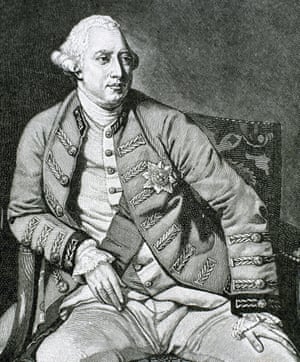St Bride’s church in Fleet Street, London was a sorry sight on June 19, 1764 having been struck by lightning the day before. The top of Christopher Wren’s tallest spire came crashing down - losing the top 2.5 metres (8 ft) of its total 71-metre (234 ft) height.

George III, who had an interest in scientific matters, wrote to Benjamin Franklin in America for advice. Franklin, a decade earlier, had invented the lightning conductor after working out that lightning was electricity. The King was advised that a metal rod fastened to the highest point of St Bride’s spire and attached to a thick band of metal would lead the electric charge from any future strikes safely to the ground without harming the building. But there was a dispute between the two men that became a political issue. Franklin favoured a pointed lightning conductor and the King, with advice from the Royal Society, thought a blunt tip would be best. In fact he ordered a cannon ball to top all conductors used anywhere in the British Empire. For the next 250 years American conductors were pointed and British ones blunt until experiments this century finally proved that blunt versions were better at attracting lightning.